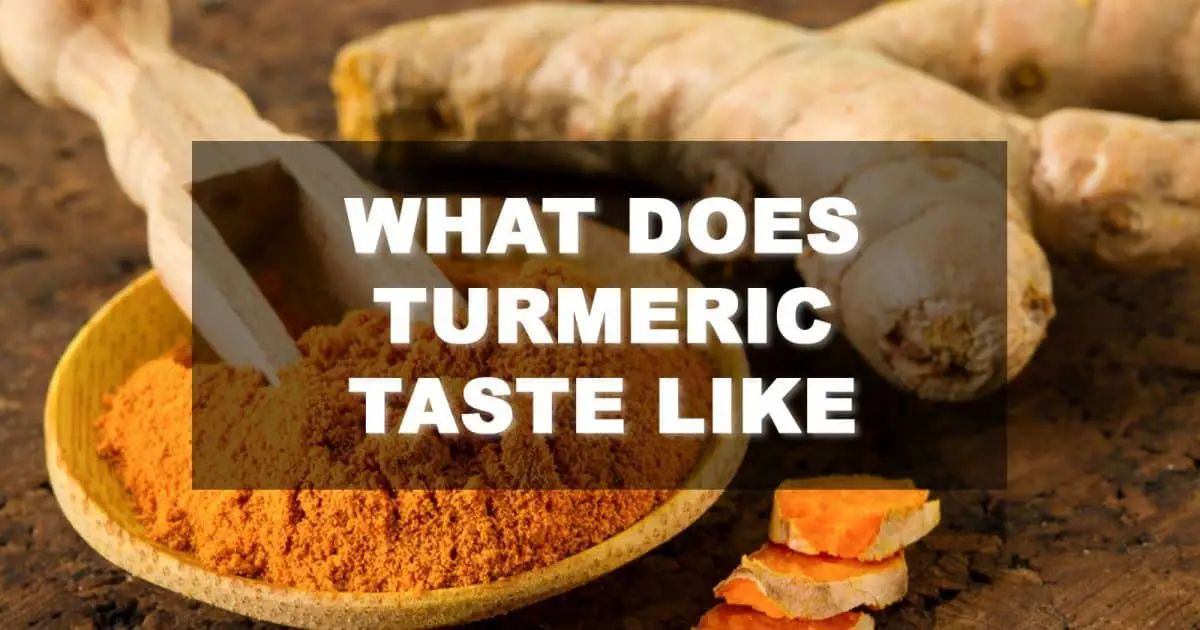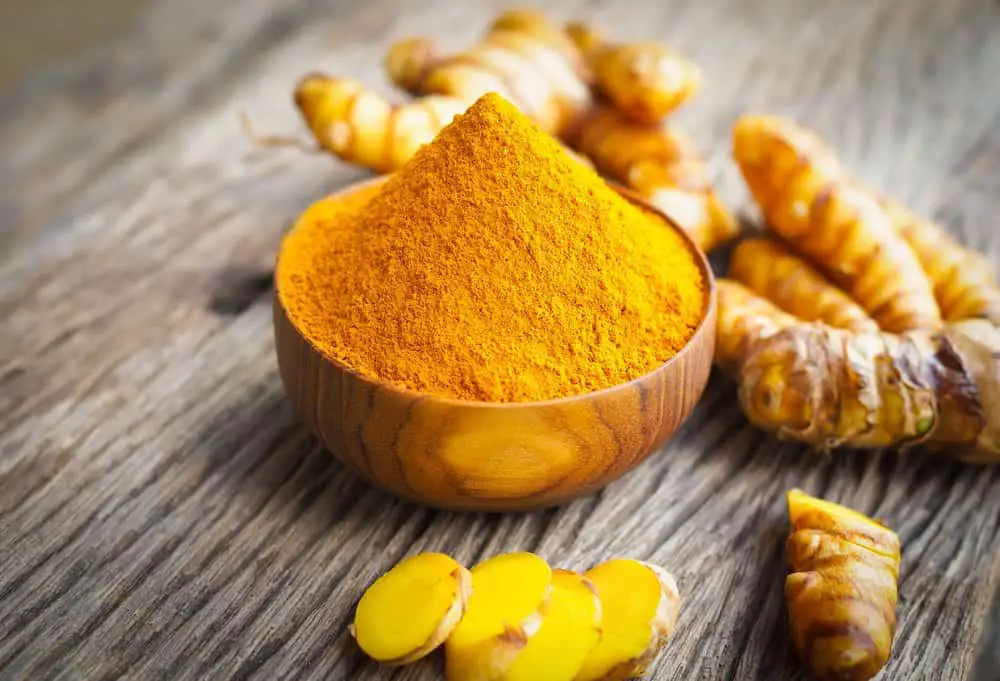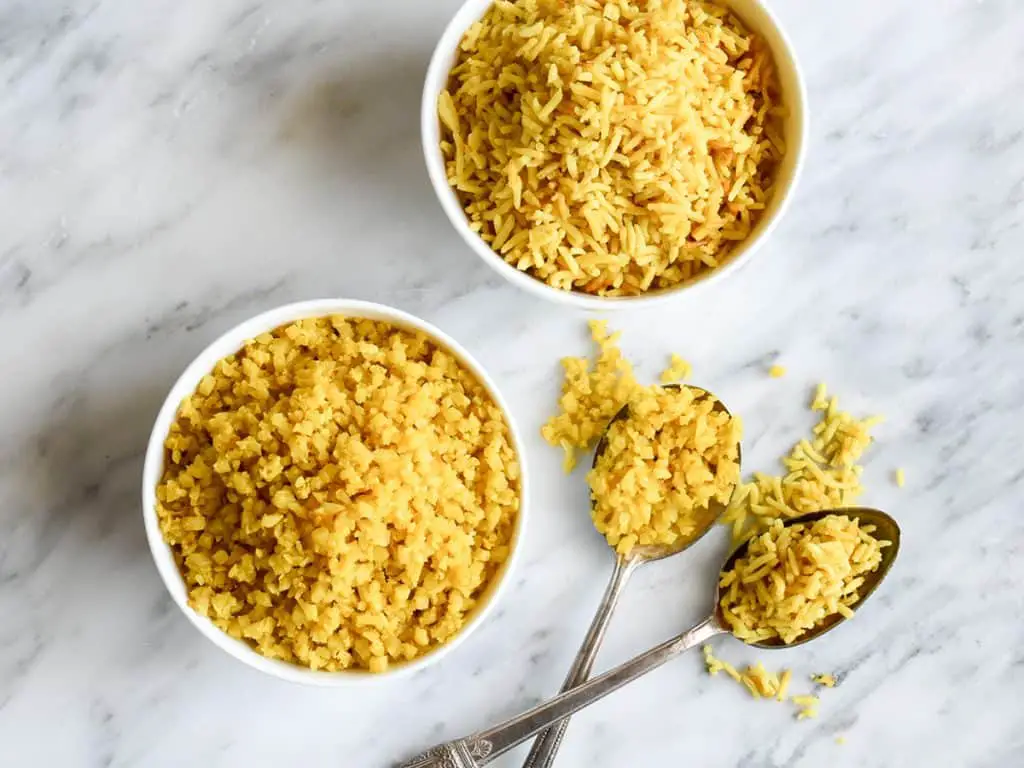Tasty, refreshing, important, nutritional, and the list goes on and on. Whatever name you want to call it, spices represent them all.
What will the world be without all these lovely spices to cook with? Talking about spices, turmeric makes a great one, and you all will agree with me that the benefits of turmeric are immeasurable both for health and cooking.

Be that as it may, some people only hear about it but never actually go out to buy some, even if they do get it, it sits on their kitchen shelves for years, and they are probably satisfied with the knowledge of “having it” but not necessarily “using it.”
If that is you, you are hereby charged with the responsibility of sitting down and reading through this article until you know all you need to about turmeric, and finally hopefully realize all you have been missing. Here we go.
What Kind Of Spice Is Turmeric?
Turmeric is a plant from the ginger family of Zingiberaceae, and it is botanically called “Curcuma longa.”
These are a combination of over a thousand different flowering plants with strong aromatic flavours. Turmeric grows with a rhizome and flower with long green leaves.
Turmeric has robust growth rate and survives in both tropical and subtropical areas, although for better harvest, a humid climate is most appropriate.
Asia and India are credited with being the most popular suppliers and producers of turmeric around the world, but turmeric is also grown globally in different countries.
Thanks to curcumin which is a significant constituent of the plant, turmeric is a vital part of various traditional and modern healing practices for wellness and health.
What Is Turmeric Good For?
Over the years, the relevance of turmeric in the aspect of healing and wellness has fast become inevitable with many Western and alternative medication practitioners using it as an essential ingredient for thetreatment of different ailments.

Aside from its use for medicine, turmeric is a perfect unmatchable spice for cooking various foods, from soups to stews to other dishes;turmeric gives it a generous boost.
The ailments turmeric is used for treating include blood clotting, inflammation, heart conditions, arthritis and cancer amongst others.
One very common use of turmeric is for the decrease in depression in patients who have such issues, with the use of turmeric, symptoms of depression has been known to drop significantly within short periods of use.
In Ayurveda, an alternative medical practice which originated in India, turmeric is one of the most used herbs incorporated into any administration carried out on patients.
Turmeric is among the most popular spices searched for globally.
Turmeric Root VS Powder
There have been many discrepancies as to whether using the root of the turmeric does a better job than it spowder form, and honestly, they work both ways.

The raw turmeric has been known to digest faster and better when used than when it is grounded in powder form, but another study shows that the powder form which usually undergoes cooking has a better burst of nutrients when consumed than its raw partner.
Even with the theory of fresh turmeric being better, there are many recipes that would make the use of fresh turmeric harder or impossible, in such cases; we still fall back to using the ground version.
Another reason why some people prefer raw turmeric is that there are properties which are lost when processing it into powder form such as the oil content, so, the choice is still yours. Root or powdered form, turmeric is perfect either way.
How To Store Turmeric
If you purchase the ground turmeric, then you need not worry much about preservation as most of the brands made are done with preservatives already added to keep them useful for a considerable amount of time.

One thing that affects turmeric is light; exposing turmeric to excessive light will make it lose its efficacy in no time. For best use of ground turmeric, keep it in a cool place out of the reach of light preferably in a dark room or shelve.
For fresh turmeric, there have been different methods which people have come up to store them, a very viable way will be to wrap it tightly in a zip bag and keep in the refrigerator, it should be durable for some period of timebefore it starts to lose value.
Simple Turmeric Rice
For an excellent and easy turmeric rice recipe to experiment with try this recipe by paleofoodie kitchen.

It is straight forward, and it is a good way to begin using turmeric in dishes, it is also a quick fix dish even for those who are already familiar with using turmeric in dishes.
You can jazz it up with some lovely vegetables or corn and peas, some sprinkles of baby spinach will also be a nice colour pair with the bright yellow hue from the turmeric cooked with the rice.
How to make the broth is entirely up to you, the important thing is to have it ready for cooking with the rice.
Spice Of Life!
Turmeric is often referred to as the “golden spice” because of its more than abundant uses.
It has so much nutritional benefit that there is hardly any medical outfit or health organisation globally that has not gotten wind of its usefulness and it gets better as the day goes by.
When buying turmeric, don’t be worried if you get a bright yellow colour rather than the dark orange version, this can be simply due to the type of turmeric and does not denote inferiority in any way.
There are so many dishes you can use turmeric for, and if you aren’t already an adept fan, I bet you will become one from today onward.
Get more recipes from this cookbook and become as creative as you can be. Have you used turmeric for your health or in a dish that you will like to tell me about? Feel free to share with me; it’s always worth my time.
